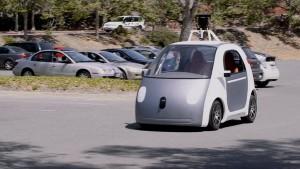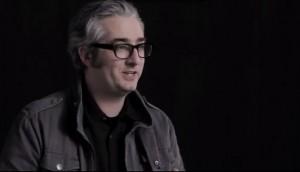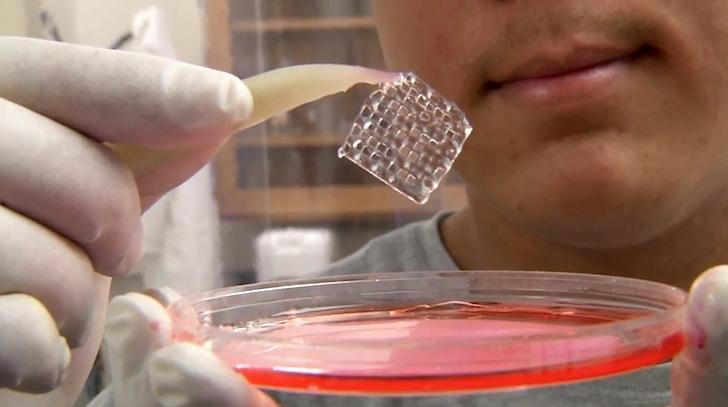Probably one of the few promising new technologies which can arouse a crowd as easily as 3D printing can, would be driverless cars. We all have heard by now that Google and various car manufacturers are working on technology, which one day very soon, will allow us to sit back and relax as our cars drive us around, totally unassisted.
 There are many benefits to driverless cars. Americans spend an average of 120-150 minutes each day in their vehicles. Imagine what we could be doing with that time, if we didn’t have to pay attention to the road. Some of us may play games or watch the next episode of ‘Breaking Bad’ on Netflix, while others will get a little extra work done so that they can spend more time with their families when they get home. That’s not the main benefit, however. It is estimated that driverless vehicles will cut down on traffic fatalities by as many as 30,000 a year, in the United States alone. That’s 80 deaths avoided each and every day!
There are many benefits to driverless cars. Americans spend an average of 120-150 minutes each day in their vehicles. Imagine what we could be doing with that time, if we didn’t have to pay attention to the road. Some of us may play games or watch the next episode of ‘Breaking Bad’ on Netflix, while others will get a little extra work done so that they can spend more time with their families when they get home. That’s not the main benefit, however. It is estimated that driverless vehicles will cut down on traffic fatalities by as many as 30,000 a year, in the United States alone. That’s 80 deaths avoided each and every day!
MakerBot CEO and cofounder Bre Pettis, yesterday gave a 45 minute open interview at the Northside Festival in Brooklyn. In the interview he discussed all sorts of technologies, mainly 3D printing of course. In the entire 45 minutes, he made one remark which really stuck with many in the audience.
Yes, driverless cars promise to change our lives for the better, as well as save them, but there is one aspect of the life saving attributes of the technology, which may lead to problems, albeit problems we  are happy to be dealt. If fatalities from motor vehicle accidents all but stop, there will be a huge organ donor supply constraint, as most organs which are donated come from accident victims. If there are no accident victims, we will need to find an alternate supply of healthy organs for transplant patients. I will stop you right here, Pettis did not suggest an organized organ theft ring. What he did suggest is that driverless car technology will spur on massive innovation within the bioprinting space.
are happy to be dealt. If fatalities from motor vehicle accidents all but stop, there will be a huge organ donor supply constraint, as most organs which are donated come from accident victims. If there are no accident victims, we will need to find an alternate supply of healthy organs for transplant patients. I will stop you right here, Pettis did not suggest an organized organ theft ring. What he did suggest is that driverless car technology will spur on massive innovation within the bioprinting space.
There are already several companies around the world working on 3D printing human tissue, with an ultimate goal of bioprinting functioning human organs, like the heart, liver, and kidneys. As the supply curve shifts to the left, the price willing to be paid for such organs will increase substantially. As major biotech firms realize this, they will begin pumping millions, if not billions of dollars into the field of bioprinting.
The world is changing, technology always seems to keep up with the problems we face. Will driverless cars lead to innovation within the bioprinting space? Let us know your opinion in the bioprinting forum thread at 3DPB.com
Subscribe to Our Email Newsletter
Stay up-to-date on all the latest news from the 3D printing industry and receive information and offers from third party vendors.
You May Also Like
Air Force Awards Fortius Metals $1.25M to Qualify 3D Printing Wire for Hypersonic Applications
AFWERX, part of the US Air Force Research Laboratory (AFRL), awarded a Direct-to-Phase II Small Business Innovation Research (SBIR) contract worth $1.25 million to Colorado’s Fortius Metals, to accelerate qualification...
US Air Force Awards JuggerBot $4M for Large-format Hybrid 3D Printing
Large-format 3D printer manufacturer JuggerBot has received a $4 million grant to develop a large format 3D printer, courtesy of the Under Secretary of Defense, Research and Engineering Manufacturing Technology...
Where Have All AM’s Unicorns Gone?
In the rapidly evolving world of 3D printing, startups valued at over a billion dollars, known as unicorns, once seemed as fantastical as the mythical creatures themselves. While a few...
How My Childhood Fascination with Planes Led to Investing in 3D Printing
My fascination with aerospace started young, and I started studying planes–identifying them in the sky and learning everything I could about how they work. Fast forward to my first week...
































